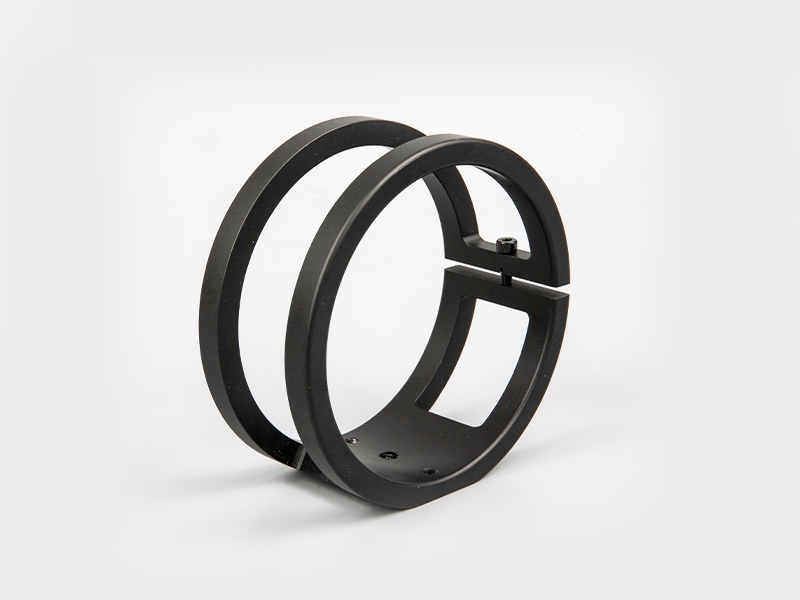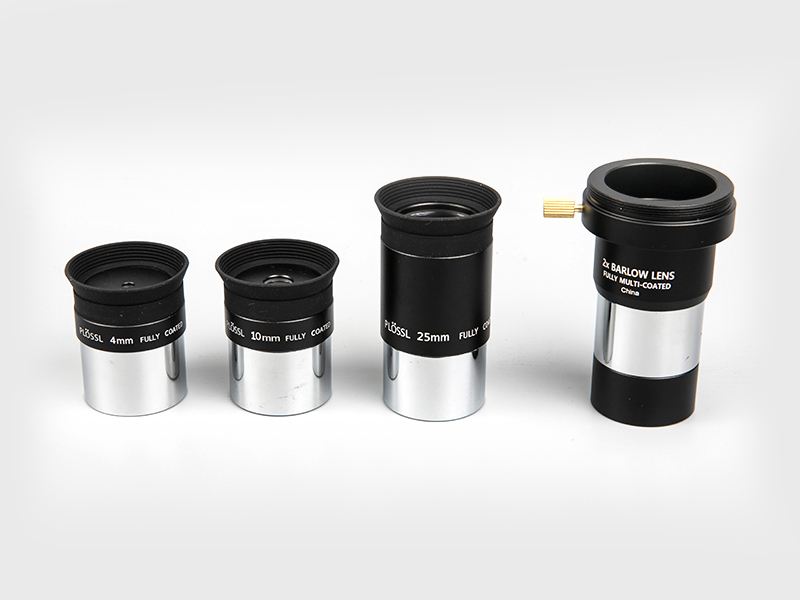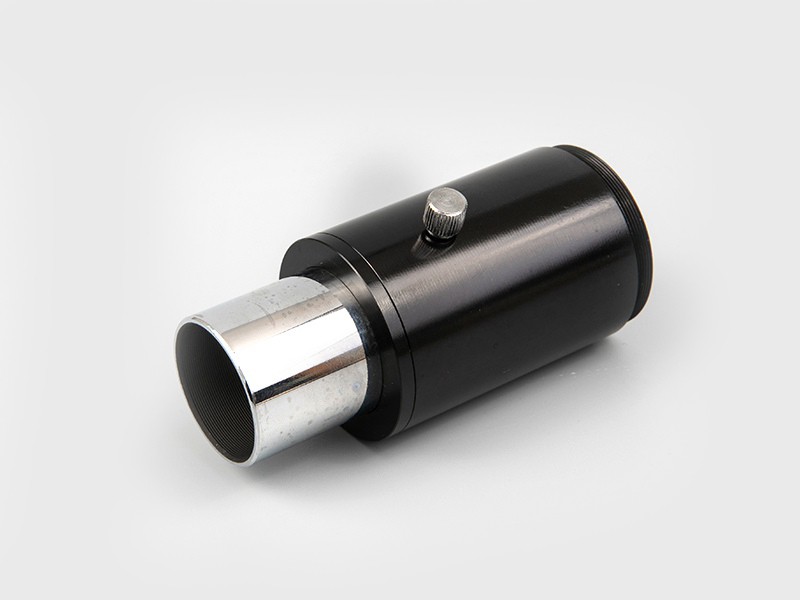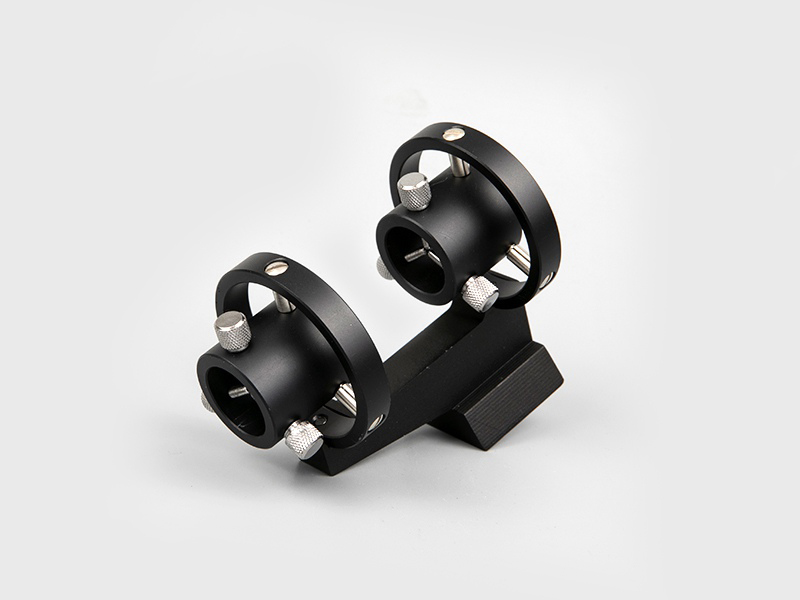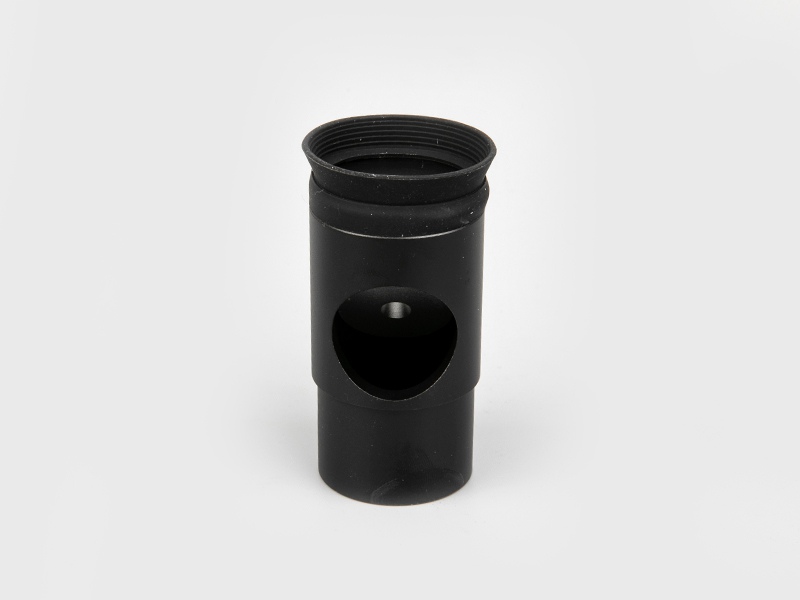In a broad sense, telescopes include not only optical telescopes operating in the visible light band, but also radio, infrared, ultraviolet, X-ray, and even gamma-ray telescopes. We are limited to optical telescopes.
In 1609, Galileo produced the first telescope. It has a history of nearly four hundred years. During this period, it has experienced a major leap. According to the type of objective lens, it can be divided into three types:
1. Refracting telescope
The objective lens of a refracting telescope is composed of a lens or lens group. The early objective lens was a monolithic structure, with serious chromatic aberration and spherical aberration, which made the celestial bodies viewed with colored spots. In order to reduce chromatic aberration, people desperately increased the focal length of the objective lens. In 1673, J. Hevelius built a 46-meter-long telescope. The entire lens barrel was hoisted on a 30-meter-high mast, requiring multiple people to pull it with a rope. Moving up and down. Huygens simply separated the objective lens from the eyepiece and hung the objective lens on a hundred feet high pole. It wasn't until the end of the 19th century that people invented a composite achromatic objective lens made of two glasses with different refractive indices to make a convex lens and a concave lens, and then combined, that the length race was ended.
Refracting telescopes are divided into two types: Galileo structure and Kepler structure. Among them, the Galileo structure has the longest history.
The eyepiece is a concave lens, which can directly form an upright image, but the field of view is small, and it is generally used in children's toys that are 2 to 4 times larger for civilian use. Most common telescopes are of Kepler structure, and their eyepieces are generally convex lenses or lens groups. Since there is a real image in the optical path, a ranging or aiming reticle can be installed to measure the distance. However, the simple Kepler structure creates an upside-down image. It is necessary to add an erect image system in the optical path to make it straight. The common erect image system is a prism or roof prism, which not only plays the role of erect image, but also Make the light path back and shorten the length of the whole machine.
2. Reflecting telescope
The objective lens is a concave mirror with no chromatic aberration,
Moreover, the spherical aberration can be eliminated by making the concave surface into a paraboloid of revolution. The concave surface is coated with a reflective film, usually aluminum. The mirror tube of the reflecting telescope is short, and it is easy to make a larger aperture, so modern large-scale astronomical telescopes are almost all reflecting structures.
In the structure of the reflecting telescope, in addition to the main objective lens, there are also one or several small reflecting mirrors to change the light direction to facilitate the installation of the eyepiece. Since the incident light of the reflecting telescope is only reflected on the surface of the objective lens, the internal quality of the optical glass is lower than that of the refracting lens. In 1990, the United States built the Keck telescope with the largest caliber at the time in Hawaii. The mirror adopted some unprecedented new technologies: 1. The main objective lens is made up of 36 thin hexagonal lenses, and the thickness is only 10 cm. 2. There is a computer controlled back support point to compensate for the deformation caused by gravity. 3. The atmospheric disturbance can be compensated by changing the curvature of the mirror surface. The adoption of these new technologies makes the requirement for humans to launch space telescopes no longer urgent.
3. Catadioptric telescope.
The objective lens of a catadioptric telescope is a combination of a refractor and a reflector. The primary mirror is a spherical mirror, and the secondary mirror is a lens to correct the aberration of the primary mirror. This type of telescope has a large field of view and strong light power, and is suitable for observing meteors, comets, and surveying the sky to find new celestial bodies. According to the shape of the secondary mirror, the catadioptric mirror can be divided into Schmidt structure and Maksutov structure. The former has a large field of view and small aberrations; the latter is easy to manufacture.


 English
English 日本語
日本語 Deutsche
Deutsche España
España


